A Quick Summary of Effective Rose Garden Design Ideas
A lot of work needs to go into a rose garden, but the end result is a garden like no other. Before you get started, consider these rose garden design ideas to help you plan your design. Research the types of roses you want to use so you can make sure you’re getting the perfect height, color, and timing for your rose garden.
Entry Rose Garden
You can create a beautiful rose garden as an entrance into the rest of your outdoor space. This provides you and your guests with a dramatic, yet inviting, way to enter into your garden. Plan out a wide garden path going through your garden as you desire. Allow your path to go several feet from your door before you reach a central rose garden.
Line the path with roses of all colors. In the central garden, use different heights of rose bushes and shrubbery to create a truly dramatic effect. You might consider using tall rose bushes or shrubs in this area to mask the rest of the garden, creating a suspenseful journey along your path.
Create your entertaining area with lounging, eating, and recreational space behind your rose garden entrance. This type of rose garden can help separate your outdoor space and offer some privacy.
Archway Rose Garden
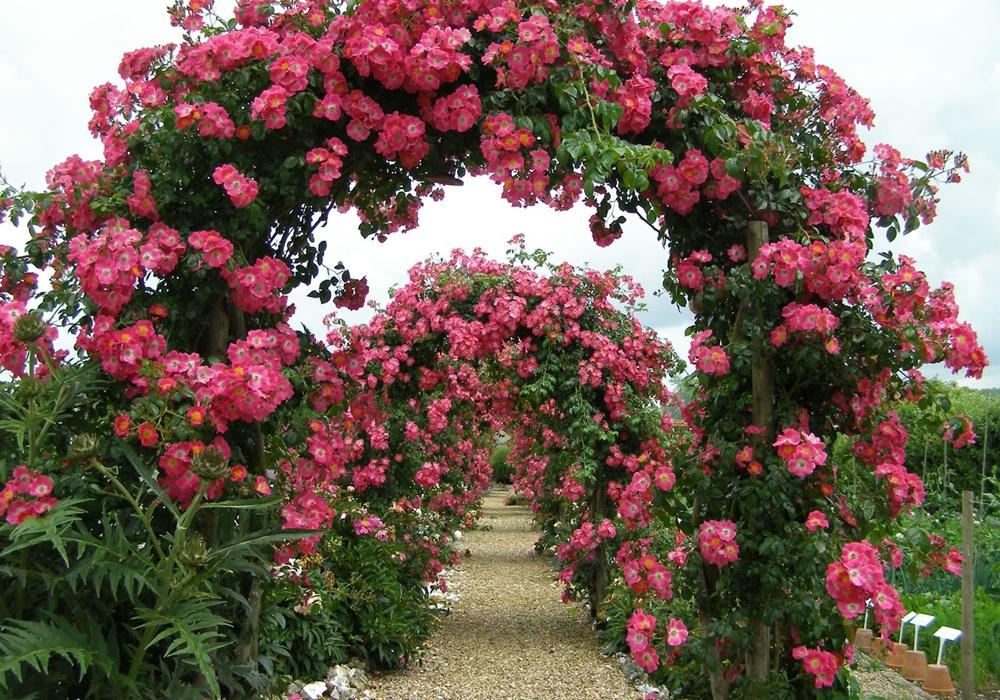
There are several ways to create a gorgeous rose archway in your garden, and using them to line your garden path or entrance can create a truly unique, pleasing experience as you walk through your garden. You can make an archway for your roses to climb with wood, bent tree branches, or use an already-assembled archway you can buy from the store or your local garden center.
DIY Network provides a handy tutorial to attach a trellis to an already-bought garden arch. When you plant your roses near the trellis, you can train them to grow up the trellis and archway, eventually covering the arch with gorgeous roses.
Orchard Nursery and Florist teaches you to train your climbing roses by attaching them to a trellis so they’ll eventually continue to climb up on their own:
When training your climbing roses, remember to be careful when tying them to the trellis. You’ll want to allow room for growth and avoid breaking the stems. As your roses grow, you can trim back the roses so you can achieve the perfect look.
Shantel Stone provides the above video demonstrating the building of a spiral rose garden. This is a completely unique way to display your beautiful roses. It also keeps them away from other plants in your garden so you won’t need to worry about any competition for sunlight and nutrients. Additionally, it’s the perfect space-saving way to enjoy a rose garden in your outdoor space without taking up a large area of your garden.
Be careful when designing your spiral rose garden bed to ensure that you have enough space within the spirals to grow your desired rose varieties. Some rose varieties grow taller, while others grow wider. Wide rose bushes aren’t the best choice for this type of rose garden design, unless you plan on making a large spiral bed.
Some smaller rose varieties to try in a spiral rose garden bed are:
- China Doll
- The Fairy
- Lavender Delight
- Bees Knees
- Peace
- Gold Medal
Container Rose Garden
If you’re low on space in your garden or don’t have the funds to create an adequate garden bed for a rose garden, you’re still in luck. You can create a beautiful rose garden using decorative containers. Place them on your porch or patio, near your outdoor seating area, or lining your garden path.
Rose gardens can thrive in containers, as long as you care for them well. To grow roses in containers that will continue to bloom for years:
- Choose the right varieties. Smaller rose varieties will work well in containers. You’ll want to choose ones that won’t grow too tall or too wide, as your containers can restrict their roots.
- Choose the right containers. Make sure your container is wide and deep enough for your specific rose variety, and it needs a hole for water drainage.
- Prepare your soil. Use an organic potting mix mixed with compost for added nutrients and to help retain water.
- Care for your roses. Use fertilizer once every four to six weeks. Water enough to keep your soil continuously moist. Prune back your rose bushes, if needed, to control their shape.
- Re-pot your roses. Every two or three years, consider re-potting your plants to give them fresh soil. You’ll also need to re-pot them if you notice your rose bushes are outgrowing their current containers.
Bordering Rose Garden
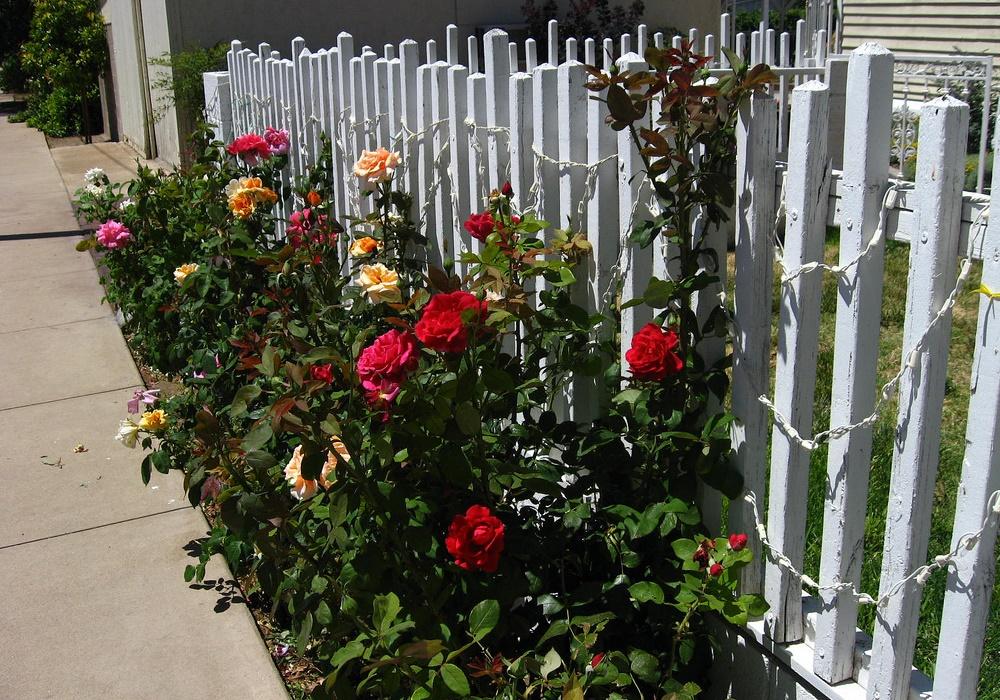
If you have a humdrum fence in your outdoor area, consider allowing climbing roses to run up your fence. It’s a great way to add some beauty to your garden by covering up an undesired fence and also adding some privacy to fences with space between slats.
Plant your rose bushes about 6 to 7 feet apart so they have ample space to spread their branches and climb. Consider adding roses of different colors for a more eye-catching look when bloomed.
English-Style Rose Garden
Traditional English rose gardens are perhaps the most breathtaking you can find. They focus on creating full landscapes of beautiful roses mixed with perennials, for eye-catching dimension and color. The English rose garden typically has organized and defined borders and shapes, but with randomly placed plants to create a somewhat casual garden.
To create an English-style rose garden, the most important thing is your design. Plan out your garden into sections. You might want to put similar varieties of roses together, or roses of the same color palette in one section. The shape of your sections is up to you and depends on whether you want a formal or casual feel.
Ensure that you plan out a wide garden path running through the center of your sections. Traditional English gardens usually have a symmetrical design on each side of the path.
What about having a gnome in your rose garden? Read our article just about gnomes.
Photo Credit
Photo by Robert Lynch licensed under CC BY 1.0
Photo by Paulding County Area Foundation licensed under CC0
Photo by ~Pawsitive~ Candie_N licensed under CC BY 2.0

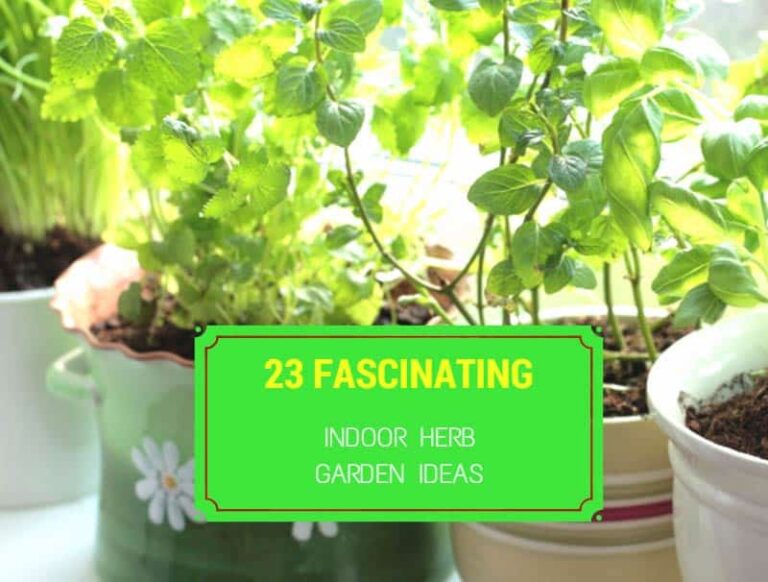
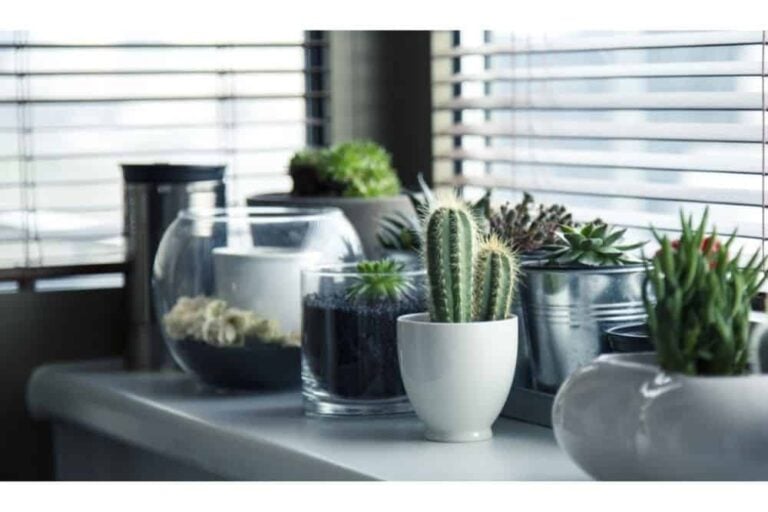

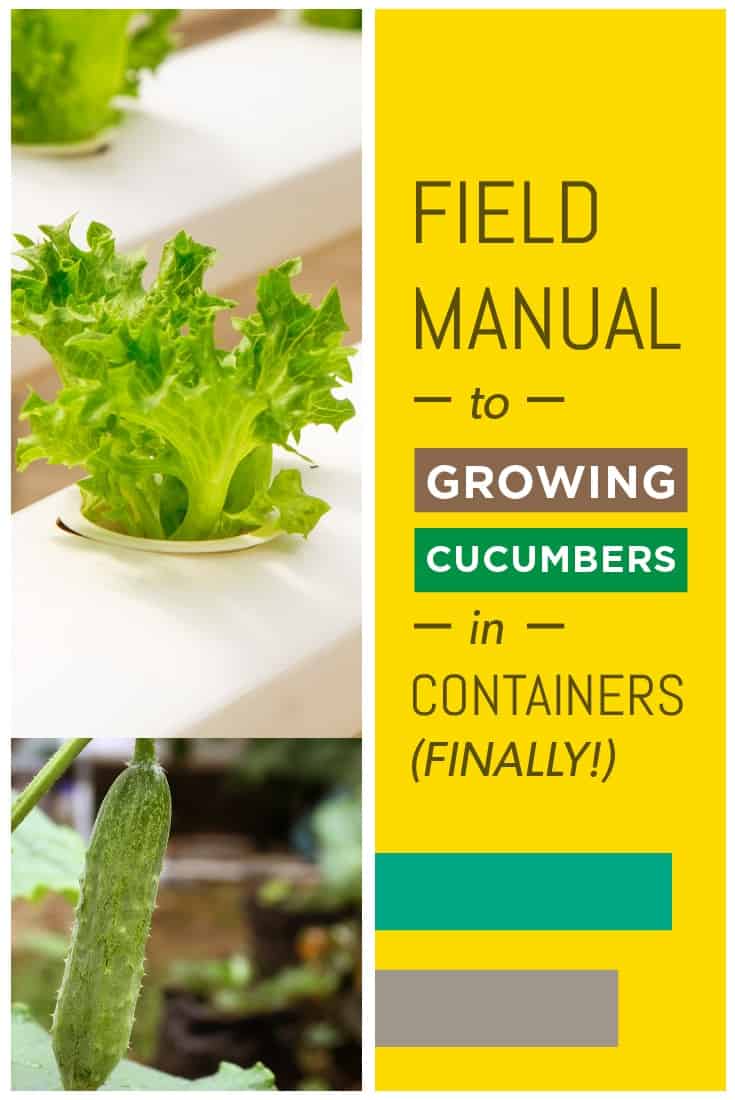


does this plant have a scent
Good article. I planted 4 creeping figs approximately 15 feet apart to cover a cinder block wall. The first year the growth was slow and the creepers were not attaching to the wall. I waited for the second year thinking that the “First Year It Sleeps” thing was the cause. However, I found that there is a direct correlation to growing and attaching to the amount of water it receives. This year instead of running the drip irrigation on that zone often I took a cheap plastic storage bin that you can get from a home improvement store for $5 and drilled a small hole (3/16 ish) in the bottom of it, filled it with water and have been using it to deeply water each plant. The results have been miraculous. I saw new reddish growth within a few days of initial watering.
For the limbs that were not attaching I taped them to the wall at the very tip of the limb with Gorilla Tape. I found the adhesive for this brand works better than generic duct tape. I put a piece of paper towel under the part of the tape that would touch the plant so as not damage the plant as it grew and during removal. I was blown away that the plant corrects it’s growth pattern very quickly. I only needed to leave the tape for about 2 weeks. All plants are growing aggressively now and I am very pleased with the results. Once fully established I feel the drip irrigation will be able to keep up with water needs of the plants.